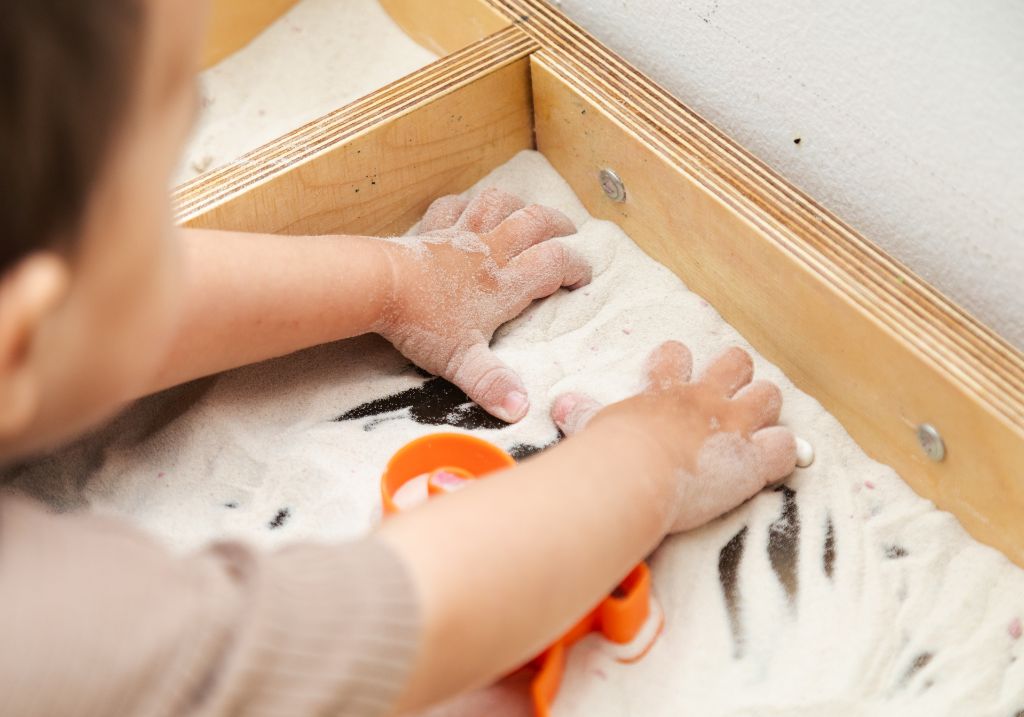Choosing a Kinder Curriculum: A Simple Guide for Moms (and Curious Kids)
If you’re a mom like me, you’ve probably typed “What curriculum is best for my child?” more times than you can count and ended up more overwhelmed every time!
You’re not alone. Picking a curriculum, especially if your child is 3–5 years old and has special needs like Theodore, can feel like a huge decision. But here’s a gentle reminder: it doesn’t have to be perfect to work.
Let me share a few well-known options that many parents here in the Philippines (and around the world) use for Kinder and early learning written simply, so even an overloaded mom can understand.
DepEd (Philippine Standard Curriculum)
DepEd means Department of Education — the official curriculum followed in public schools and many private ones too. For Kinder, it focuses on play-based activities, basic reading, counting, writing letters and numbers, and lots of social skills like following instructions and working in groups.
If your child will attend a traditional or hybrid school, you’ll probably follow DepEd’s framework or parts of it.
Eclectic Approach
Eclectic just means mix and match.
Instead of sticking to just one style, you blend different methods to fit your child’s unique needs.
This is what we’re doing with Theodore. Because he learns differently, I use a little bit of DepEd, a little Charlotte Mason, some Montessori ideas, and other play-based activities. It’s flexible, and that’s what I love about it, we adjust as we go.
Charlotte Mason Method
Charlotte Mason is an old but beautiful learning approach that feels very gentle and natural.
It focuses on “living books” (real, rich stories instead of dry textbooks), short lessons, lots of nature time, art, music, and good habits. There’s less pressure, fewer worksheets, and more wonder.
I’ve been learning about this method lately and I am loving it. I’ll share more about this on the blog soon, in case you’re curious too!
Montessori
Montessori is another favorite, especially for toddlers and preschoolers. Theodore first tried Montessori when he was about 2 years old, and I loved it because it matched his need for hands-on learning.
In Montessori, kids choose activities on their own, use real-life tools, and work at their own pace. They learn by touching, pouring, sorting, and repeating until they master a skill. It’s very child-led and respectful of each child’s rhythm.
Play-Based Learning
Before Theodore could even hold a pencil, we were already doing play-based learning.
This is the simplest, purest form of early education.. letting children learn through everyday play: building blocks, pretend kitchen, outdoor exploration, songs, silly games.
Play teaches so much: fine motor skills, language, problem-solving, social skills, and confidence.
Traditional & Worksheets
Last year, we also tried more structured worksheets at home especially when I was figuring out which learning style suited Theodore best. Worksheets help kids practice tracing, counting, matching, and early writing.
If you like worksheets, good news: many of the printables I use with Theodore are here on the blog and free for you to download and use at home, too.
Why am I writing and sharing these? If you have a little one turning 3–5 soon, maybe with speech or developmental delays, and you’re planning for Kinder next year, please take this to heart: You don’t have to have it all figured out right now.
Try. Observe. Adjust.
What works for one child may not work for another and that’s perfectly okay.
No single curriculum is magic. The magic is you showing up, trying, playing, listening, and loving.
We’re In This Together
If you’re curious about Charlotte Mason, Montessori, DepEd, or any gentle approach to Kinder, I’ll keep sharing what I learn here at Little Dots Learning.
When you’re ready, check out the Resources Page for free worksheets and activities you can print anytime. I’ll share a youtube channel where you can learn about Charlotte Mason, just in case you’d love to explore that path like I do.
You’re not alone in this. We’re learning together … one little dot at a time.


